12 Family Stories With a Twist That Could Rival Any Sitcom Script

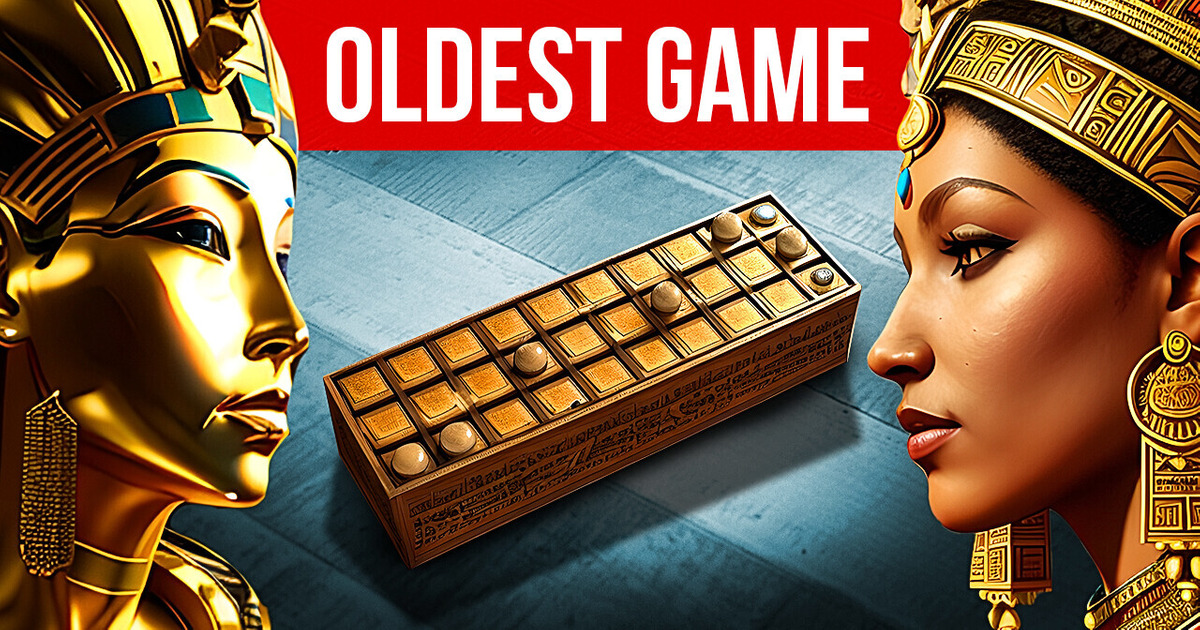
We love the thrill and fun we get from the games like Monopoly and Tabu. But what did people play hundreds of years ago? Surprisingly, some of these games are still played today, and you can buy their replicas!
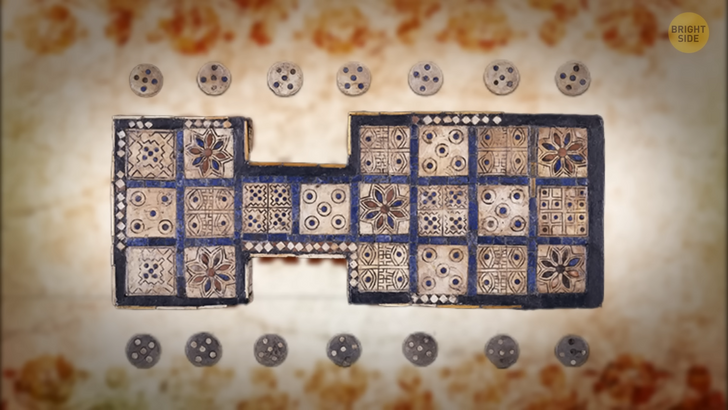
Let’s start with one of the oldest board games in the world. The Royal Game of Ur, also called the Game of Twenty Squares, was invented around 4,600 years ago in ancient Mesopotamia. The game was rediscovered when the excavations started in the 1920s in the Royal Cemetery of Ur in modern-day Iraq.
The game wasn’t only played by royals. People from all social classes enjoyed this 2-player strategy race game. It was popular all over the Middle East, but its fame reached other places, like Sri Lanka. Okay, Bright Side, tell me how this game is played. It’s similar to Backgammon. People competed to get all their pieces from one part of the board to the other.
To win this board game, you needed to have a strategy, but also you needed luck. Besides entertainment, this game had a special importance regarding fortune-telling. The events in the game were believed to mirror the player’s future. According to this belief, the game transferred messages from deities or supernatural beings through the moves in the central squares. How come people stopped playing this game? Well, the game evolved with time, and then it was replaced with other board games.
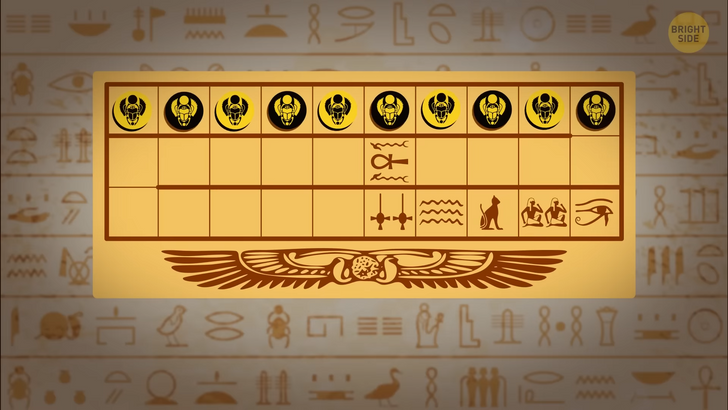
Senet is a board game from Ancient Egypt dating to around 3100 BCE. The objective of the game is to take all of your pieces off the board. You get 4 or 5 colored pieces. Then you use Senet sticks as dice. Players take turns. There are special rules to how and when you can move your pieces.
For example, if you throw the sticks and get one face-up stick, you can move one space but also get an extra turn. Archeologists discovered Senet boxes in the ancient Egyptians’ tombs. The Egyptians believed in an afterlife. And the word Senet means “passing,” that’s why the game was also associated with the journey to the other side. So it was more than a game; sort of a symbol for the struggle to reach eternity.
The game was played and admired by Tutankhamun and Queen Nefertari. It’s no secret that the ancient Egyptians loved parties. If you had been invited to a feast held by a person from the upper class, you would have seen musicians, jugglers, and wrestlers waiting to entertain you. You would have probably spotted some people playing Senet, too. On the original board, you would have seen squares decorated with hieroglyphs representing additional rules of the game. Some models in our modern-day replicas also have such hieroglyphs.
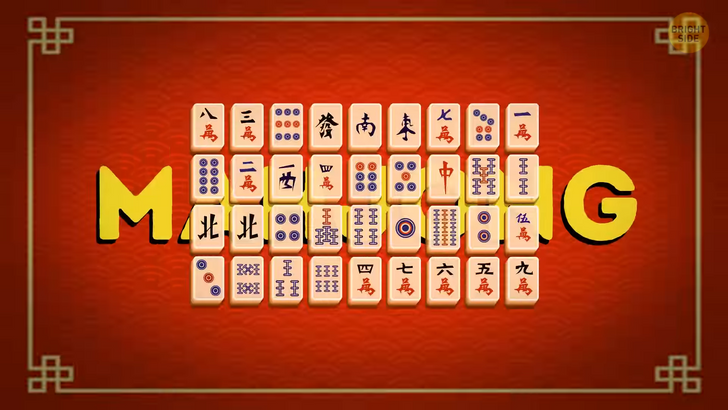
So far, we’ve looked at 2-player games. Now, let’s look at a fun 4-player game. Mahjong originated in the Qing dynasty in China. But the world record for the longest game, which was set in 2012 when the game was played for 33 hours, doesn’t belong to the Chinese.
But the biggest Mahjong party did happen in China. 2,380 people were playing the game at the same time. In this game, the players’ goal is to form melds with tiles to get points. The highest-scored player will be the winner. The winner should form a “mahjong.”
The tiles are traditionally decorated with Chinese characters, bamboo branches, and dots. There are more special tiles that have symbols like dragons and flowers on them, and they serve different purposes. The game resembles rummy, a card game. Mahjong became popular in western countries in the 19th century, and now you can find different versions of the game all around the world and online.
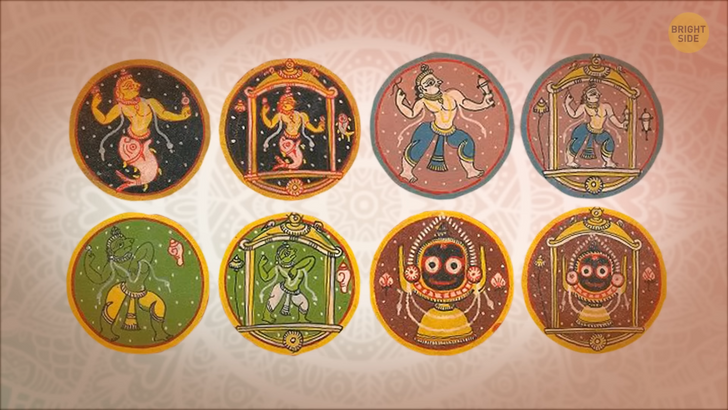
Moving on to India. Krida-Patram is an ancient card game. Handmade round cards are made out of cloth pieces. The cards are decorated with depictions from Ramayana and Mahabharata, which are India’s greatest epics. So much so that they influenced the way of thinking and the belief system in the region.
The game was played in the royal courts. But later, it’s believed to have been played by people from other social classes, too. Before the game starts, a player assembles the cards into a deck and shuffles them to randomize the order.
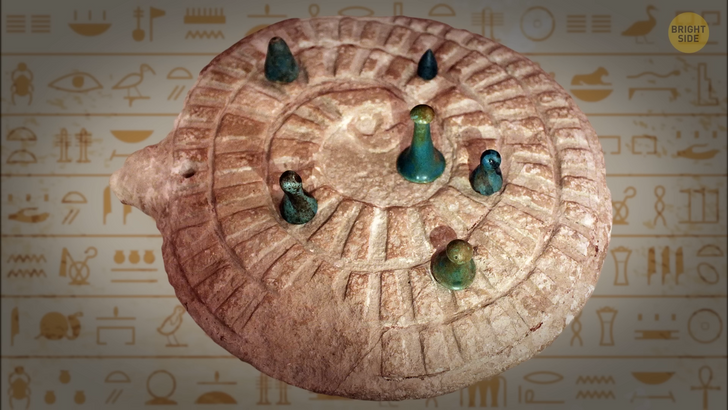
Let’s return to Ancient Egypt. But this time, we’ll have a look at a game that can be played by up to 6 people. Mehen got its name from a serpentine deity. It was played roughly between 3100 BCE to 2300 BCE. It’s a board game in the shape of a coiled snake. The snake’s body is divided into small rectangular zones. (And yes, it’s a snake game but not similar to the one on old Nokia phones.)
Egyptologists say that this game is kind of a mystery because the rules and scoring system of Mehen is unknown. What they do know is that the game was played with sphere-shaped tokens. The players started the game from the tail and headed toward the head of the serpent, which was in the middle. The players had to race to get to the center.
Additional lion-shaped gaming pieces added a little spice to the competition. The players had to strategically maneuver their pawns to special formations called blockades. There were some opportunities along the way for players to speed up the process through slides and jumps. This game had something in common with Senet, the other Egyptian game we’ve spoken about. Here, too, the players had sticks to throw on the table. But instead of 2 colors, they had flat and round sides.
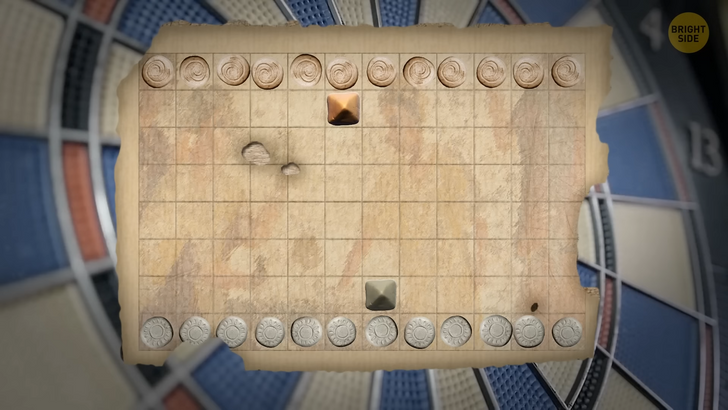
Ludus Latrunculorum, aka Latrones, is a two-player board game from the Roman Empire. The aim of the game is to test the military prowess of the players. It’s played on grids. The precise rules of the game remain a mystery, though many scholars have worked on several reconstructions of Latrones.
Among multiple interpretations of the rules, one explanation is widely accepted. It suggests that players moved pieces in all directions aiming to surround and isolate the opponent’s pieces with their own. Captured tokens were then moved away from the board. This game resembles chess or draughts in terms of the rules, but this one is more about military tactics.
Luckily, the famous Roman poet Ovid mentioned this game in his poems, and we learned some of the rules thanks to his poems. I guess Ovid was a fan of game nights! I would love to see what a game night looked like back then.
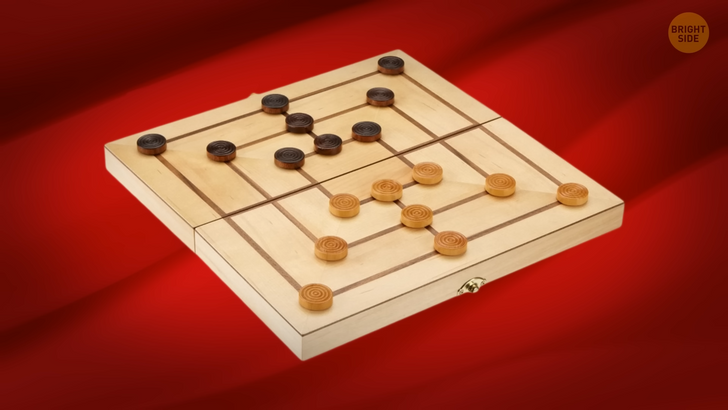
Another strategy game from the Roman Empire is Nine men’s Morris. This long-forgotten board game was rediscovered in 2018 during excavations. It originated in 1400 BCE. In this game, rivals control their armies that consist of nine “men.”
Each piece represents different qualities on the grid-like playing field. If your opponent cannot form a mill or lose all their pieces but 2, then you become the winner. In Norway, France, Germany, and many other countries, especially in Medieval Europe, there were different variations of Nine men’s Morris. Interestingly, Shakespeare mentioned it in his famous comedy “A Midsummer Night’s Dream.”
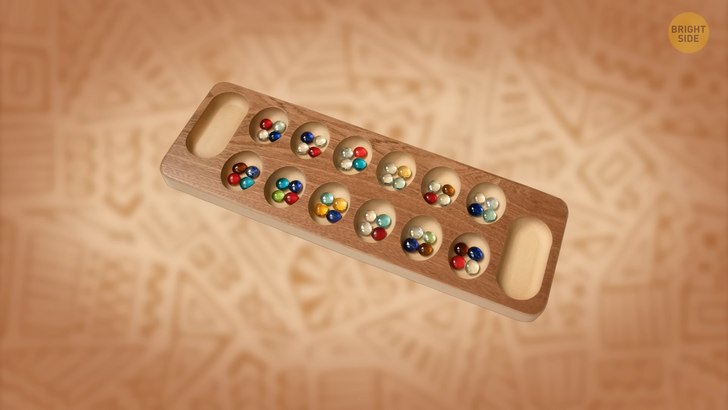
The next game is Wari. It’s also known as Mancala. It became popular in West Africa and then spread to the rest of the world. Here two players want to beat each other by planning their moves. This game requires mental skills and lots of practice.
In other words, wearing your lucky t-shirt won’t help you win the game. Each player has 6 holes filled with seeds and a bank to collect the seeds. As a player, you want to get the seeds of your opponent. There are detailed rules for how you can collect the seeds, of course.
You can play this game at home. Instead of seeds, you can use any small objects, like pebbles, marbles, or even M&M’s. Do you think these games will still be around 1,000 years from now? Chess, for instance, has made it this far, and it doesn’t seem to disappear soon.











